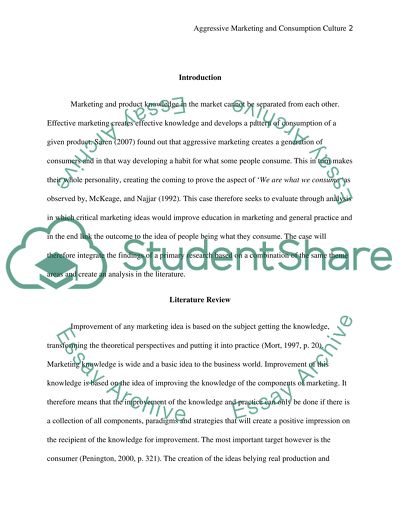Cite this document
(“Aggressive Marketing and Consumption Culture Term Paper”, n.d.)
Aggressive Marketing and Consumption Culture Term Paper. Retrieved from https://studentshare.org/marketing/1493606-in-pairsowrite-a-case-study-on-an-issue-that
Aggressive Marketing and Consumption Culture Term Paper. Retrieved from https://studentshare.org/marketing/1493606-in-pairsowrite-a-case-study-on-an-issue-that
(Aggressive Marketing and Consumption Culture Term Paper)
Aggressive Marketing and Consumption Culture Term Paper. https://studentshare.org/marketing/1493606-in-pairsowrite-a-case-study-on-an-issue-that.
Aggressive Marketing and Consumption Culture Term Paper. https://studentshare.org/marketing/1493606-in-pairsowrite-a-case-study-on-an-issue-that.
“Aggressive Marketing and Consumption Culture Term Paper”, n.d. https://studentshare.org/marketing/1493606-in-pairsowrite-a-case-study-on-an-issue-that.


